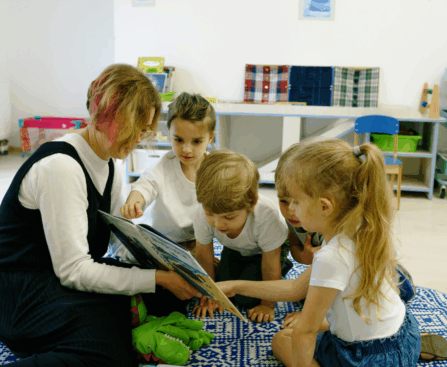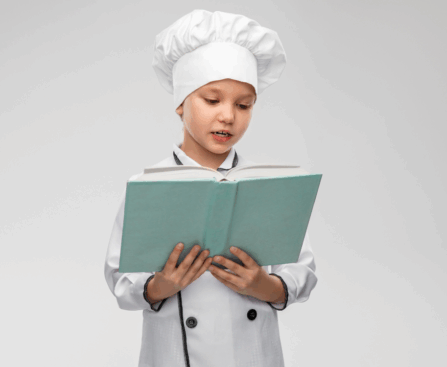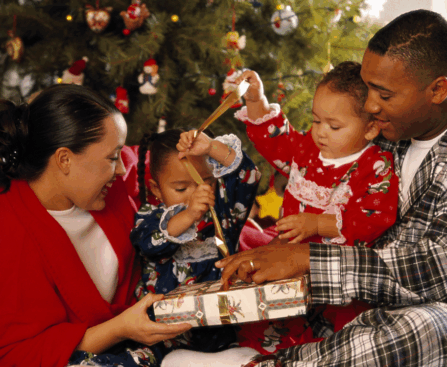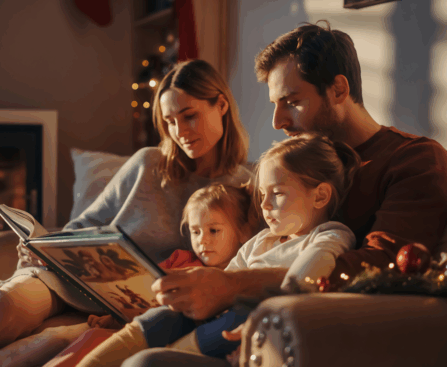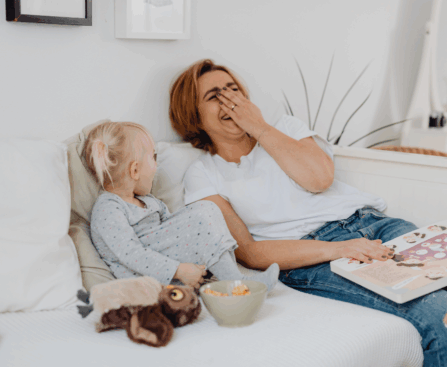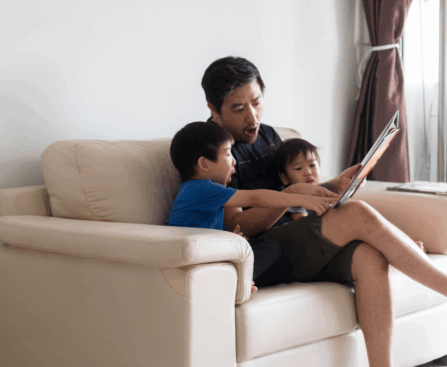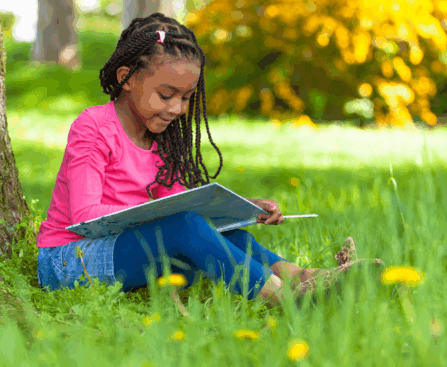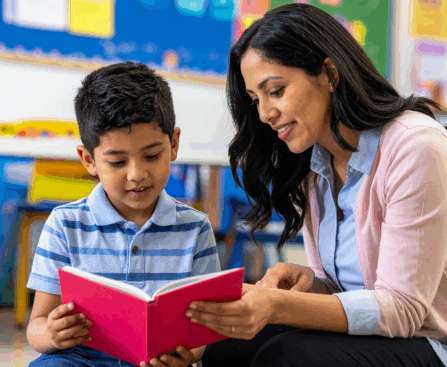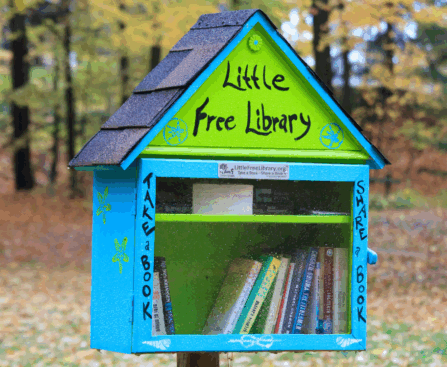Your toddler is glued to the screen watching Ms. Rachel for the third time today, and you’re wondering if you’re failing as a parent. Meanwhile, your kindergartener can recite entire episodes of Bluey verbatim but still struggles to decode simple three-letter words. Before the guilt spiral begins, let’s talk about something that might surprise you: […]
There’s something universally captivating about food for young children. Whether they’re picky eaters who inspect every bite or adventurous tasters eager to try anything, kids connect with food on a profoundly personal level. Food books tap into this natural interest, using familiar and exotic foods alike to build vocabulary, introduce cultural diversity, and create opportunities […]
Many parents want to give books for the holidays. But here’s what they might not realize: the wrong book at the wrong time can frustrate a beginning reader. A book that’s too hard becomes shelf decoration. A book that’s too easy doesn’t challenge growing skills. The sweet spot? Books that match exactly where your child […]
Imagine your child racing to the calendar each December evening, eager to discover which book they’ll unwrap and read together. Not just any book. A carefully chosen story that teaches exactly the phonics skill they need next. For beginning readers ages 5-6 who are learning to decode their first words, this becomes a magical bridge […]
Some children learn best when their whole body is involved. They need to touch, move, and interact to engage in learning thoroughly. For these learners, and for reluctant readers who resist traditional books, interactive books become powerful literacy tools. These aren’t just entertaining novelties. When children press buttons, lift flaps, trace textures, or move their […]
Your child can sound out words when reading. They recognize letter patterns and decode sentences in their books. But can they write those same words from memory? This is where dictation exercises come in, and they’re more important than many parents realize. What Are Dictation Exercises? Dictation exercises involve listening to a word or sentence […]
Your child peers out the window at gray clouds rolling in and asks, “Why is it going to rain?” This natural curiosity about the weather creates perfect opportunities for reading practice. Weather books combine fascinating science content with accessible language, making them ideal for young readers developing both literacy skills and scientific understanding. Why Weather […]
Your child asks for just one more bedtime story, but you’ve already read through the pile of books twice. Or maybe you’re looking for fresh story options that engage your little one while you prepare dinner. YouTube booktubers, content creators who focus on children’s literature, can fill these gaps beautifully when chosen carefully. Why YouTube […]
Your child has mastered decoding. They can sound out words and read sentences with growing confidence. But when you ask them what they just read, they struggle to explain how the ideas connect. This common challenge often points to a missing piece: understanding transition phrases. What Are Paragraph Transition Phrases? Transition phrases are the connecting […]
The next time you’re out for a walk with your child, keep an eye out for a small wooden box about the size of a birdhouse mounted on a post. Inside, you might find a treasure trove of books waiting to be discovered. Welcome to the world of Little Free Libraries. A grassroots movement that’s […]

